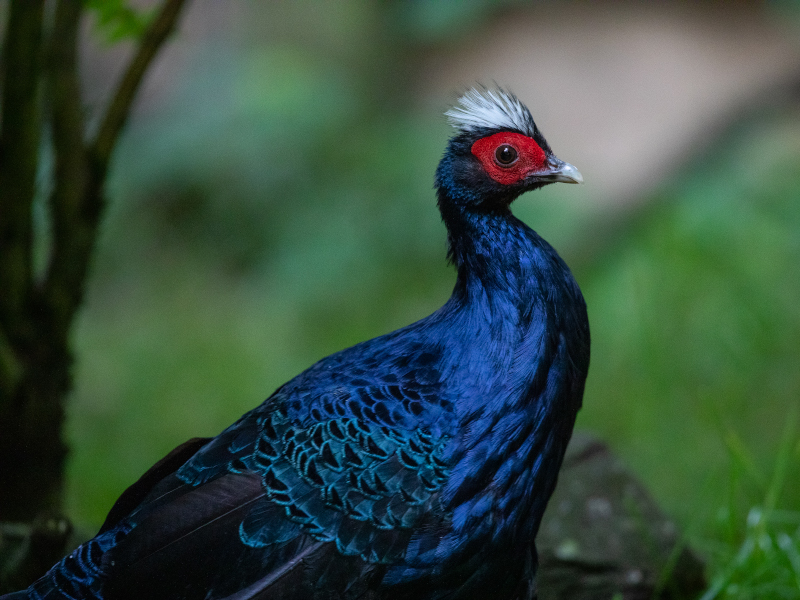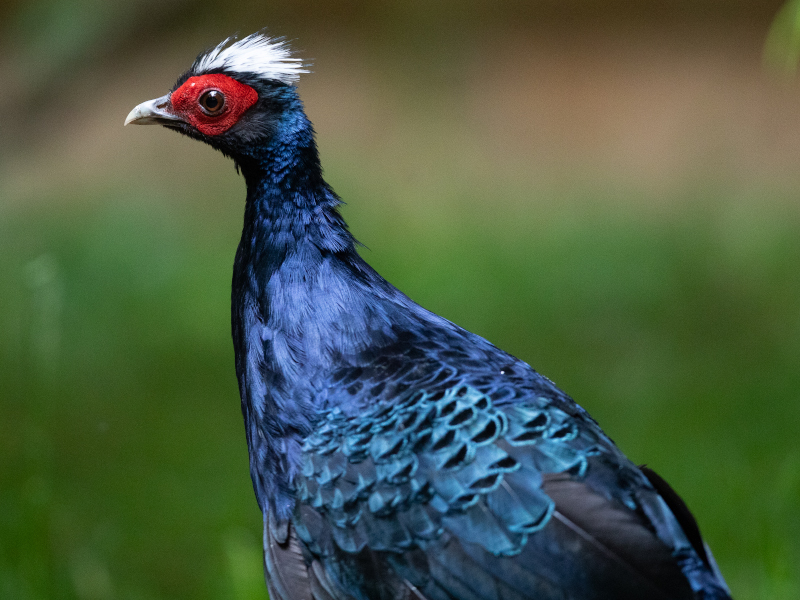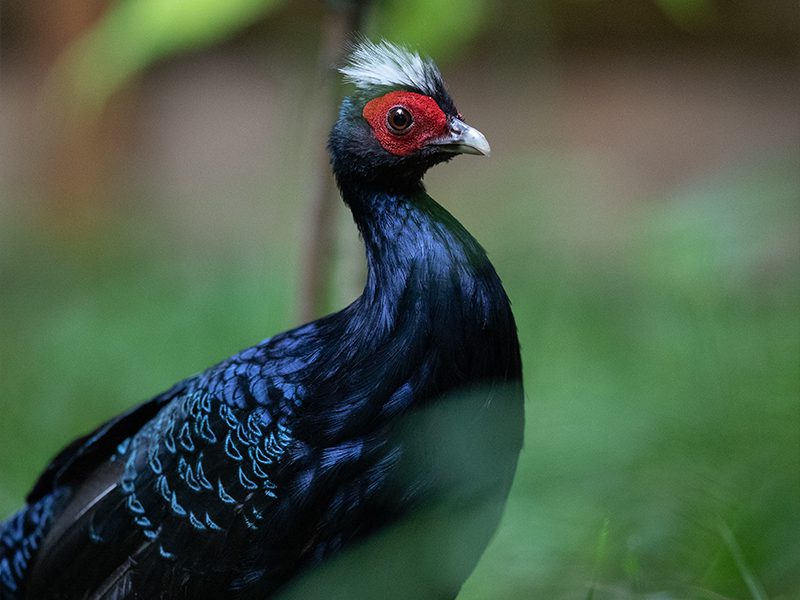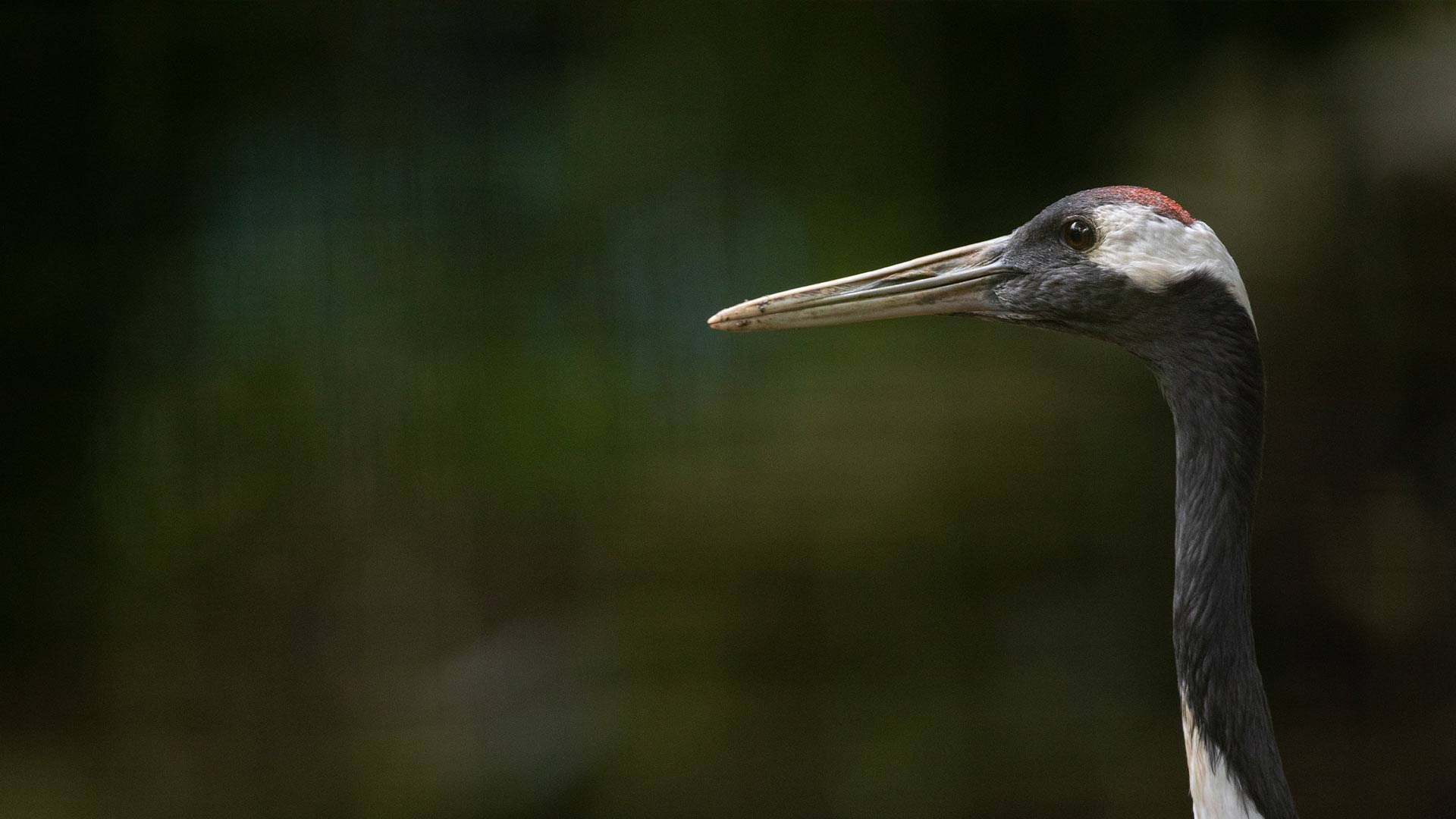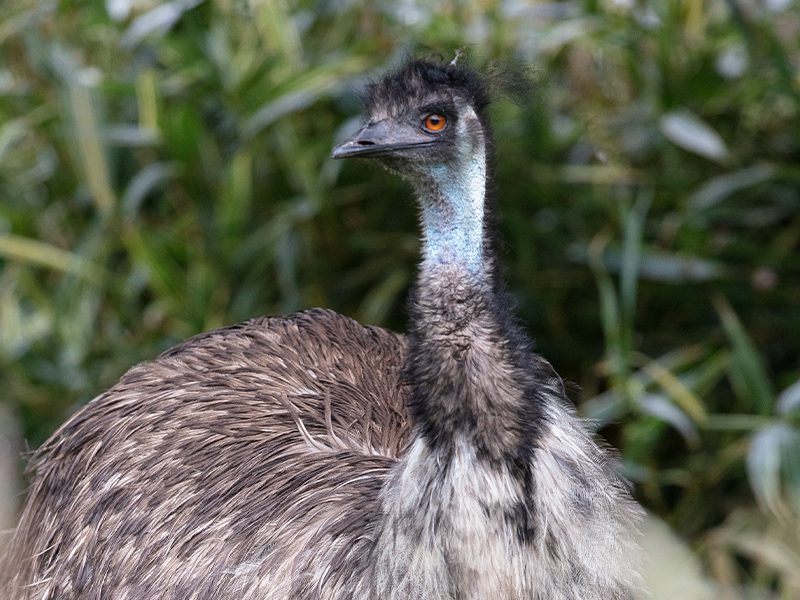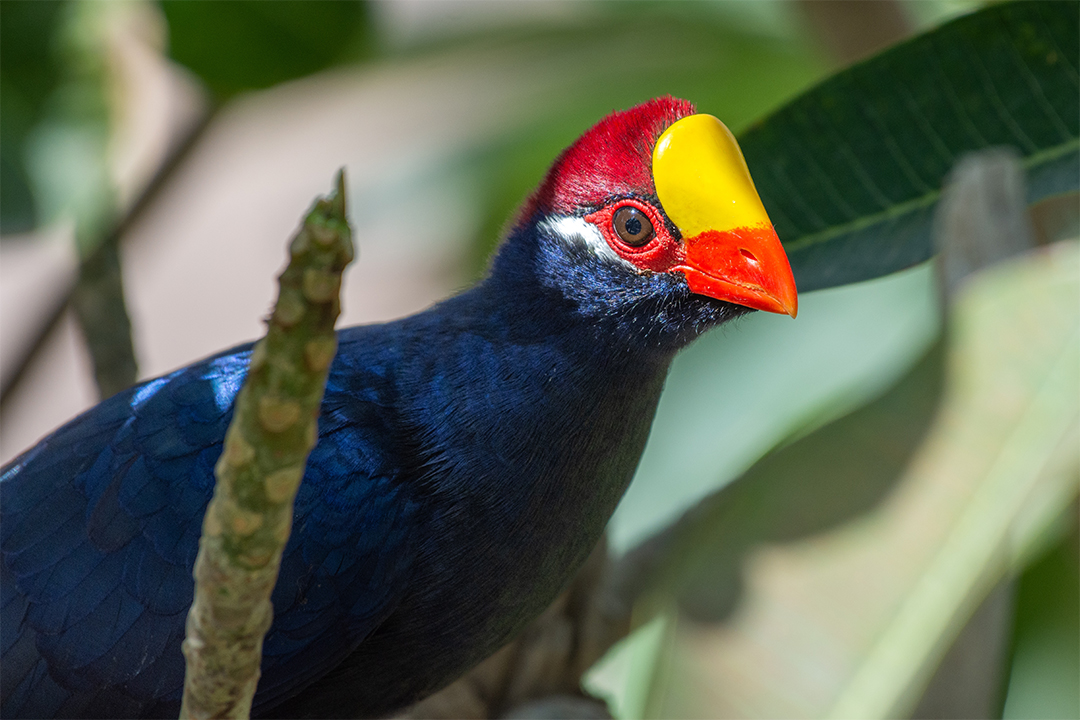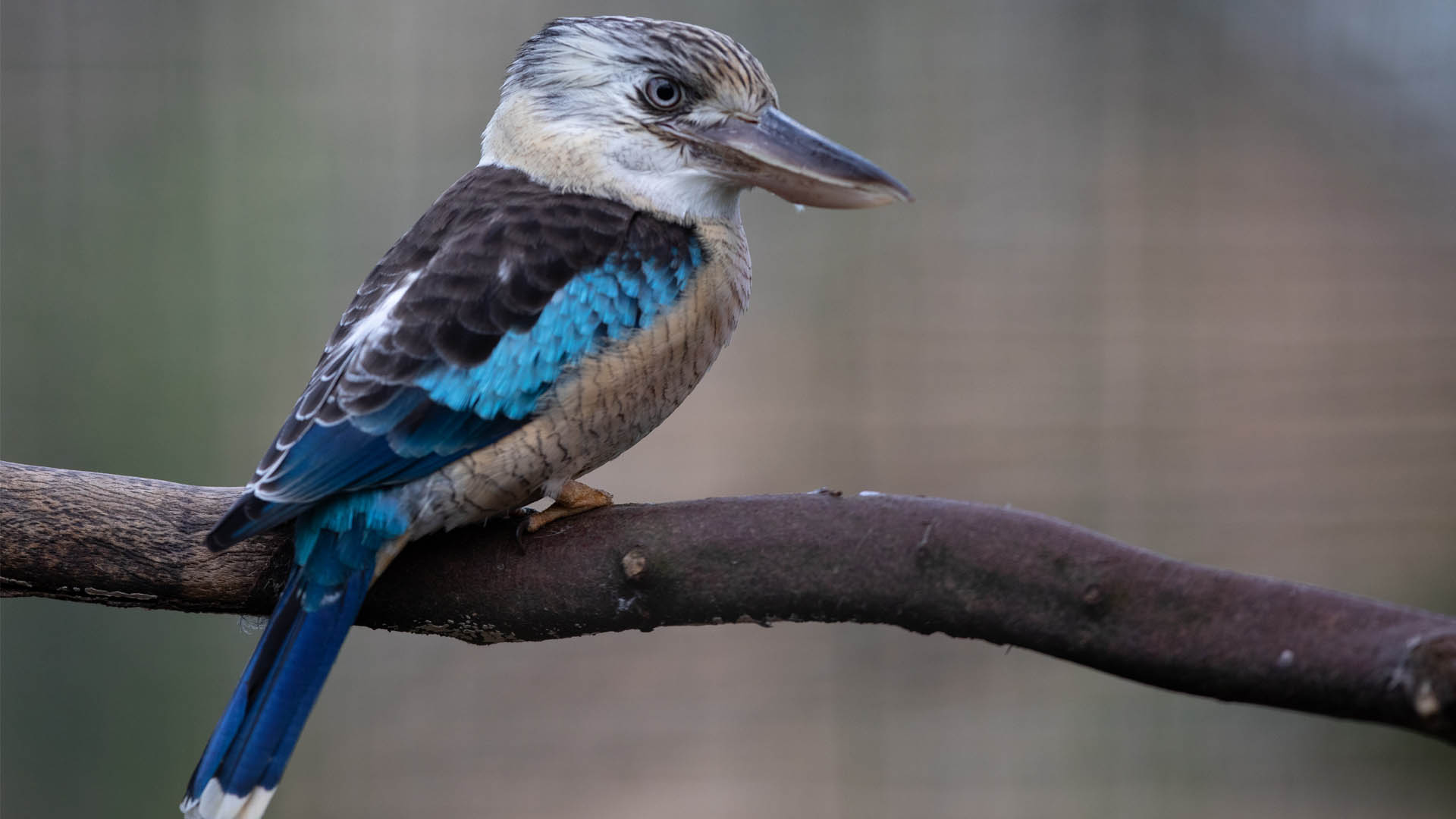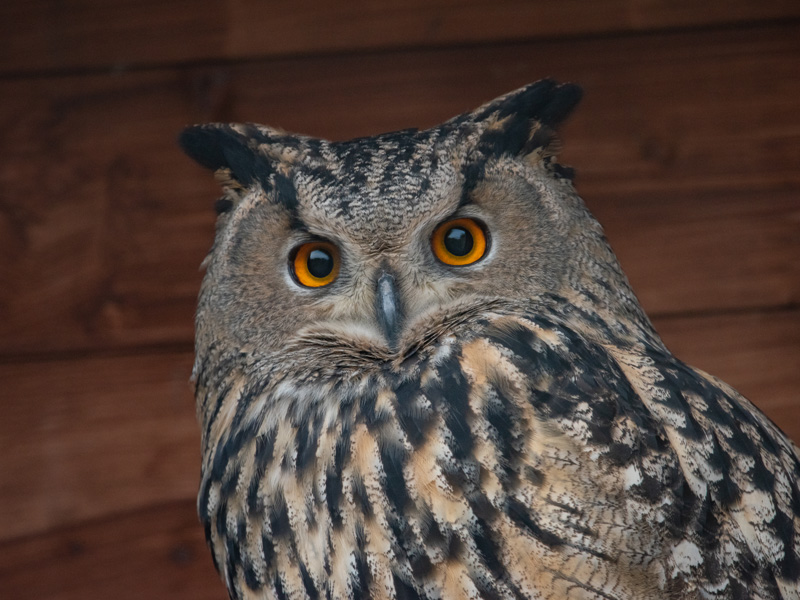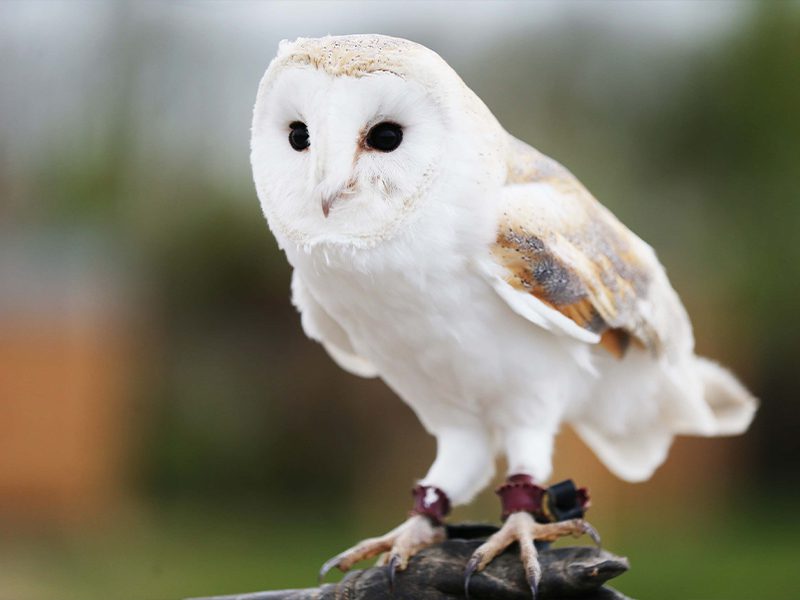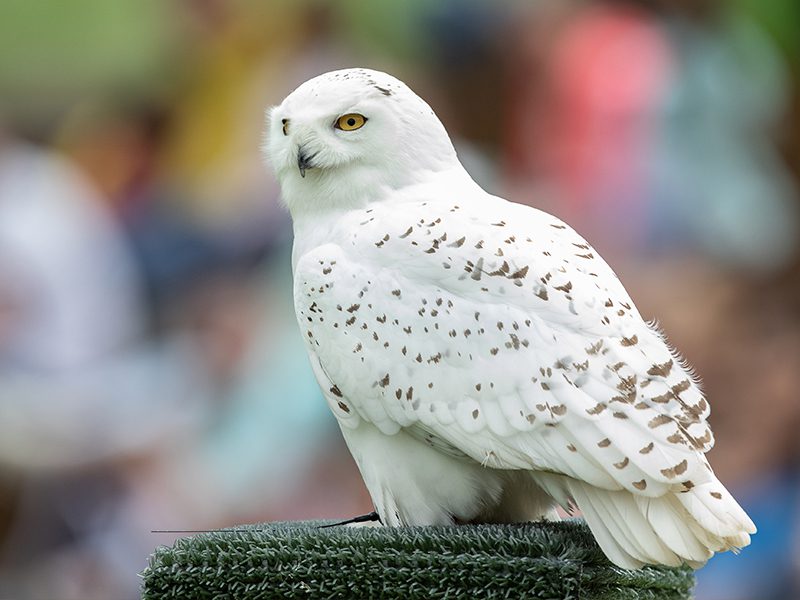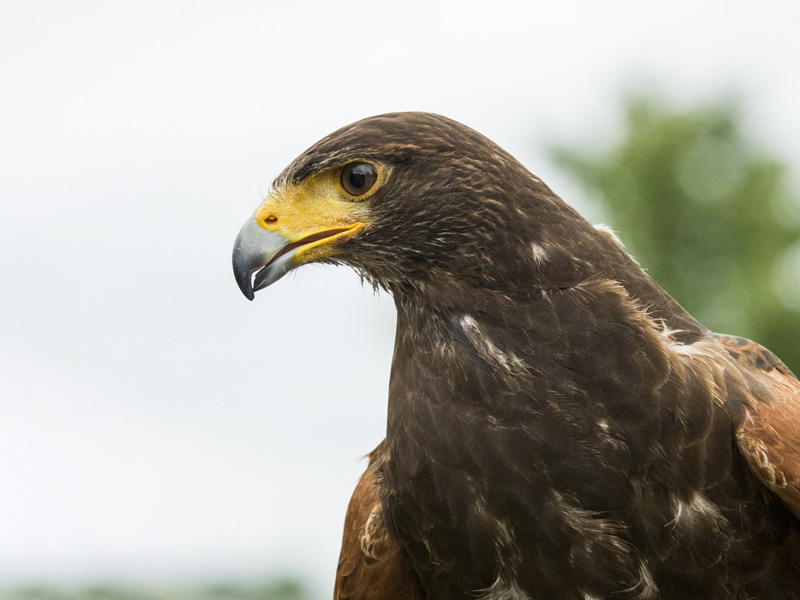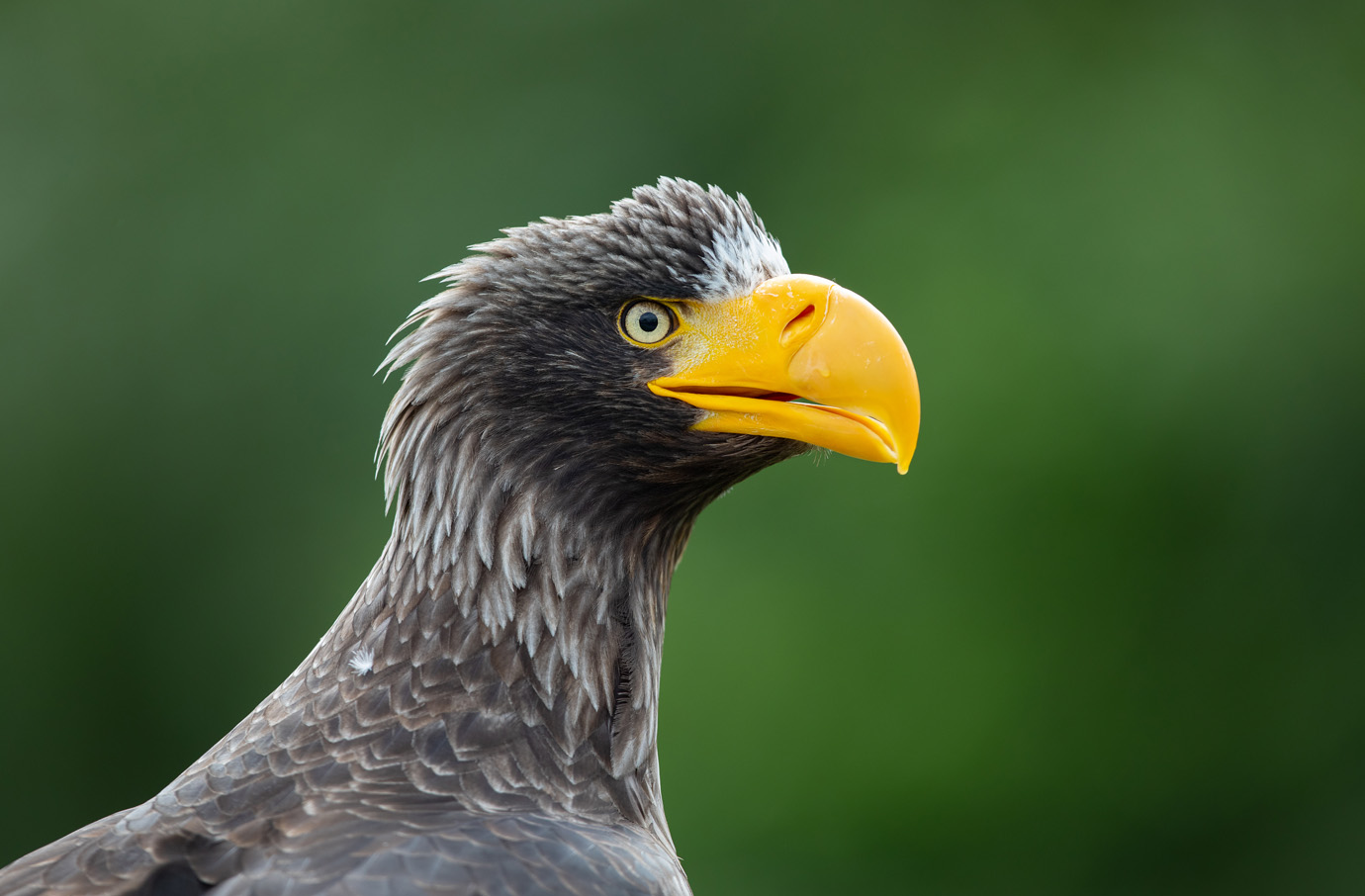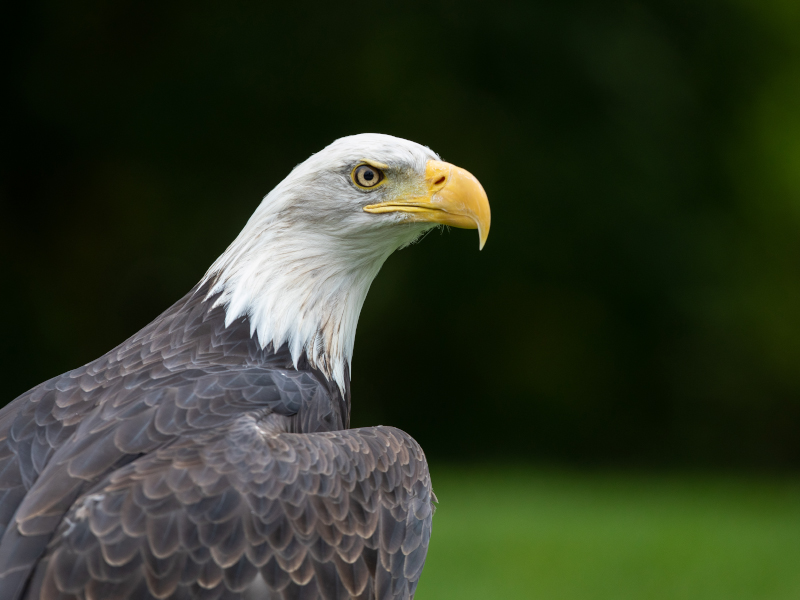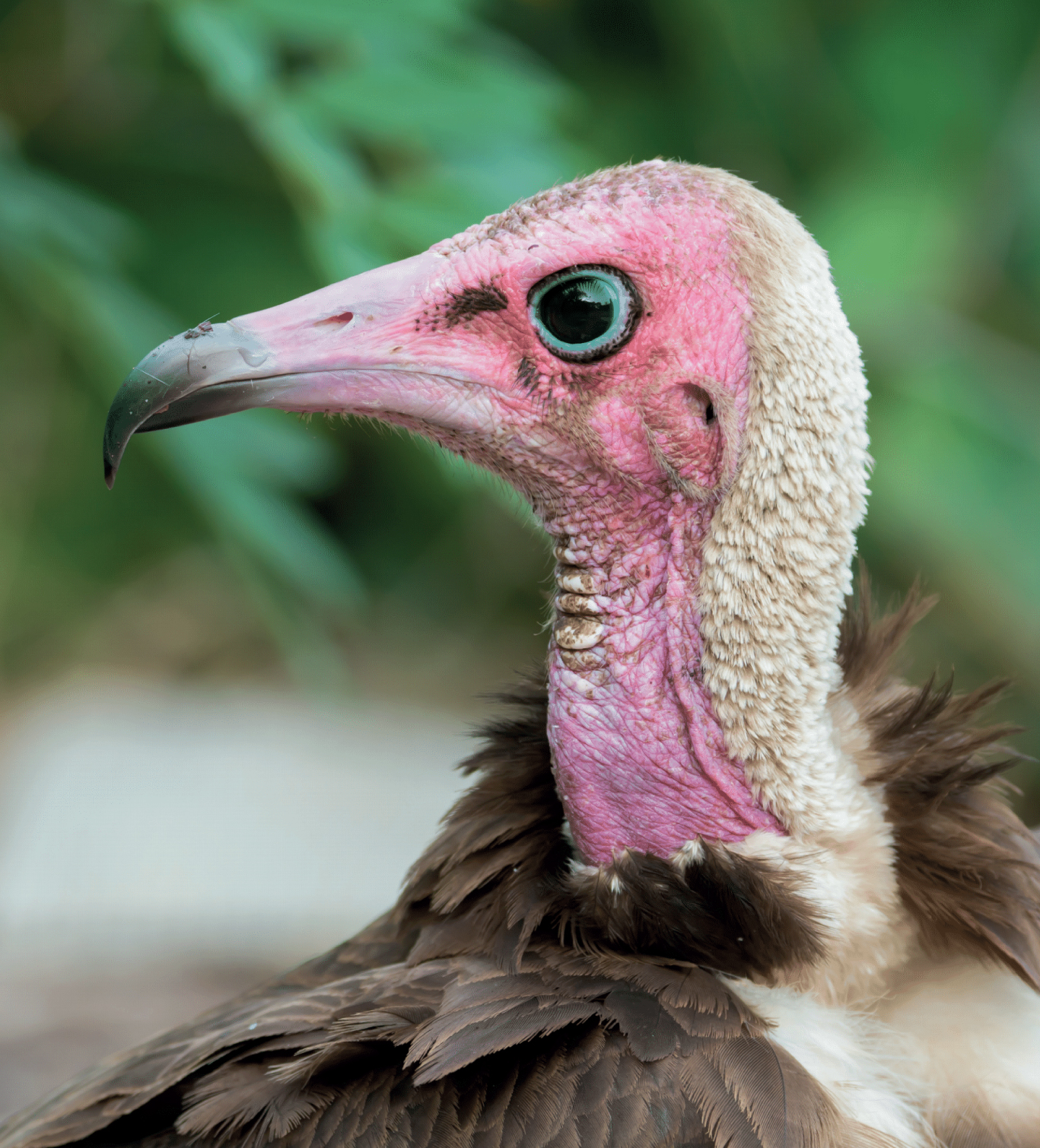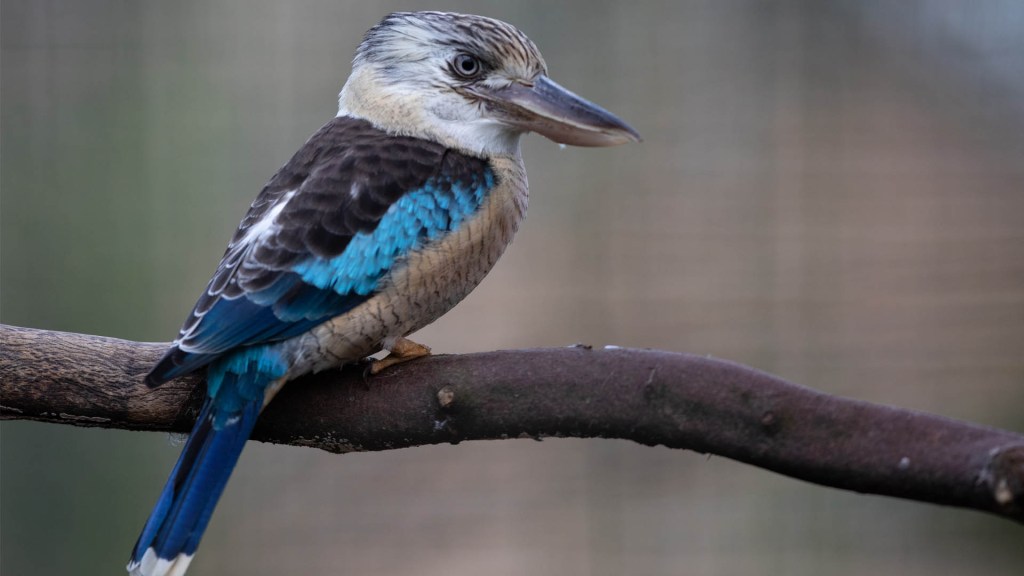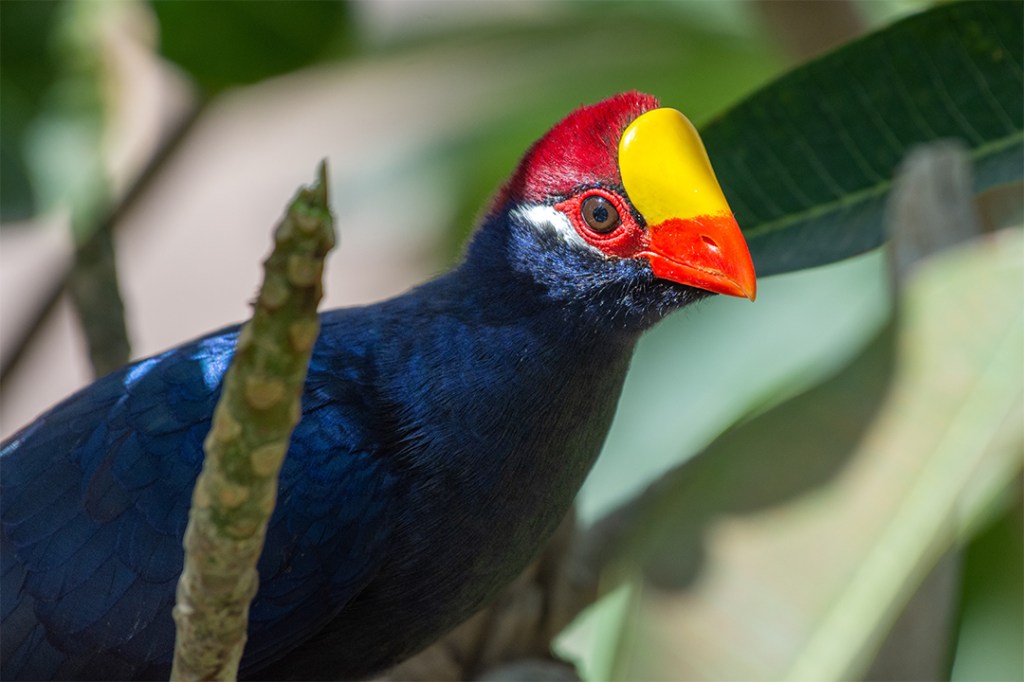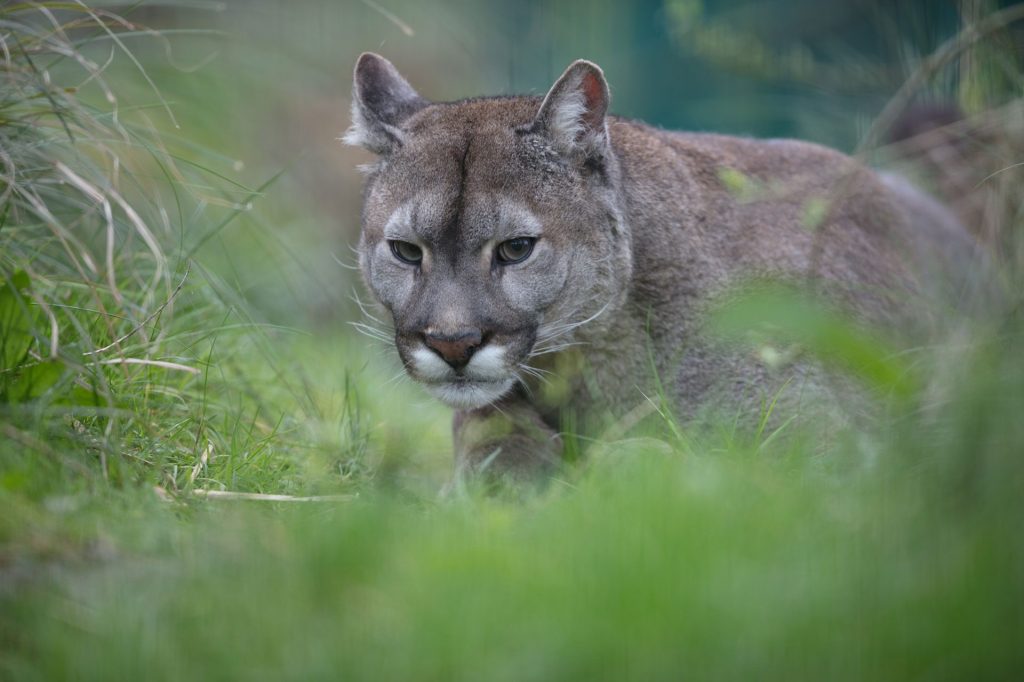Edwards pheasants, also known as Vietnam pheasants, are one of the rarest birds in the world.
They are a forest dwelling bird that will use their keen eyesight to look for food on the ground. They use their long claws to scratch at the ground uncovering bugs or seeds under the surface.
Male Edwards’ Pheasants are glossy black with blue tinge and metallic green fringes on the upper wings. They have red facial skin and red legs. The females are duller with uniformly greyish-brown plumage. Like the male they have red facial skin and red legs.


Popular Searches
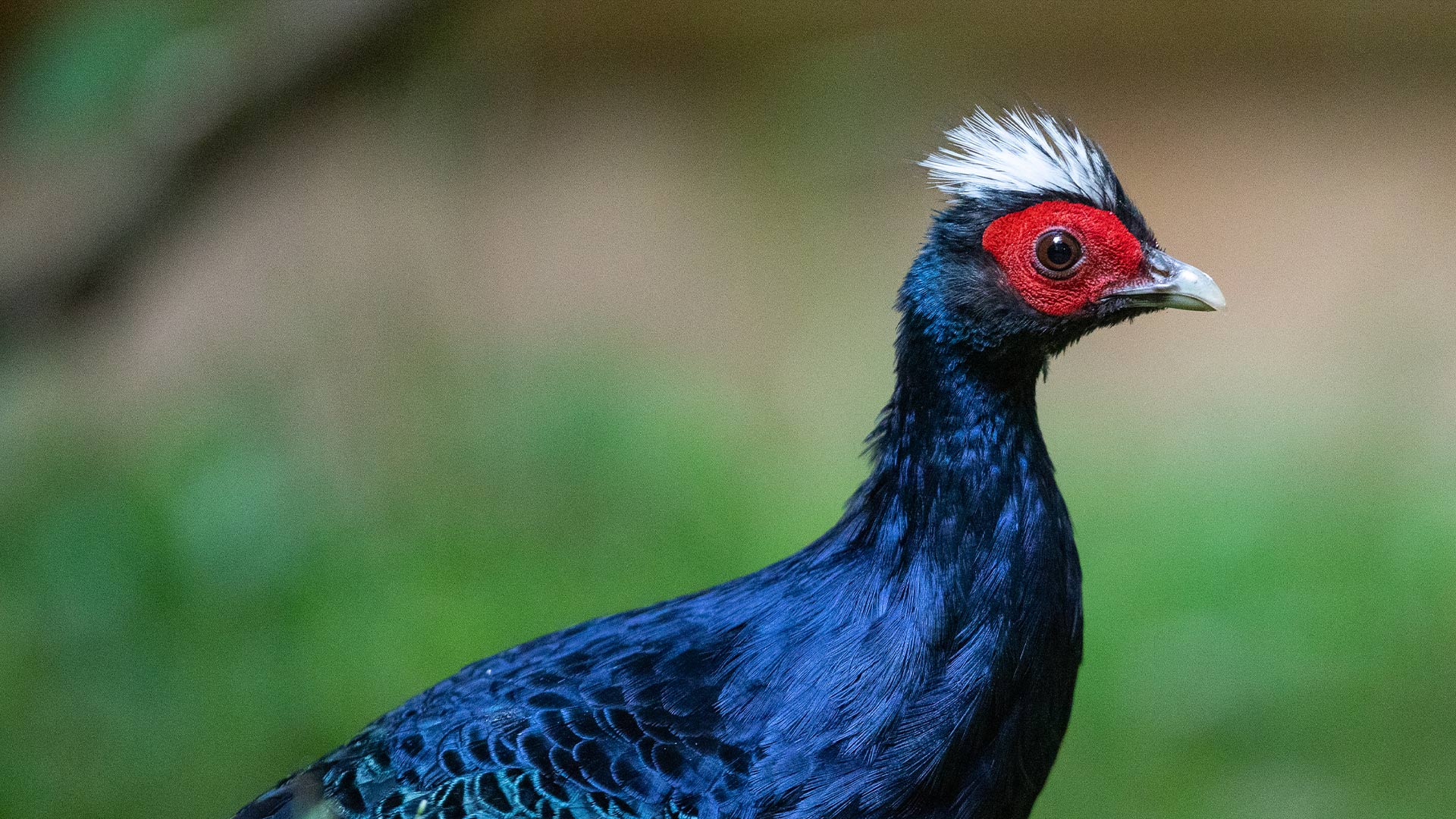
Edwards pheasant / Vietnam pheasant
For more info on classifications visit
www.iucnredlist.org
-
Introduction
-
Conservation
They are classed as critically endangered.
Since 2000, conservationists have not been able to confirm any sightings of Edwards pheasants in the wild. Therefore, it is thought that they may be extinct in the wild. There are approximately 1000 individuals living in captivity, with extensive breeding programmes in place to ensure that reintroductions can occur in the future.
Threats to wild Edwards pheasants are continued habitat degradation and loss. Most of Vietnam’s primary forests have been destroyed due to the use of the herbicide, Agent Orange, that was used as a weapon during the Vietnam War. Forests continue to be degraded by the logging industry and areas being stripped to make way for agriculture.
Emerald Park conservation contribution:
EEP
Edwards pheasants are part of the EAZA Ex-situ Programme (EEP). This which means that their population is managed to ensure that there are heathy populations of animals within EAZA member zoos and for reintroduction in the future.
-
Habitat
Edwards pheasants are endemic to central Vietnam, on the eastern side of the Annamite Mountains. They inhabit lowlands or gently sloping terrain, covered in secondary evergreen rain forest with a closed canopy.
-
Fun Facts
Edwards pheasants eat seeds and berries and in doing so will help disperse plants throughout the forest which, in turn, creates new habitats for other animals to live.
The breeding behaviours, of the Edwards pheasant are unknown in the wild and so breeding strategies are determined by the observation of the captive population. Mating occurs in early spring with eggs laid at the end of March. Hens will typically lay a clutch of 4-6 eggs and incubation is 21-23 days long.
They regularly have dust baths to get rid of any parasites from their feathers. They will roost up in trees at night for safety.



